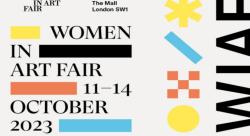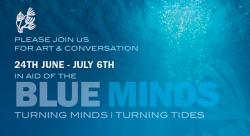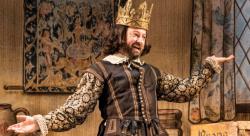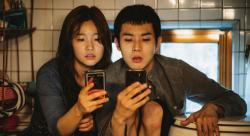By Roderick Conway Morris
Nicholas Hilliard (1547-1619) was the first English-born artist to win fame both at home and in Europe. No less celebrated at that time was his most distinguished apprentice, born in Rouen but brought to London by Huguenot refugee parents at a tender age, Isaac Oliver (1565-1617).
John Donne wrote that ‘a hand, or eye/by Hilliard drawne, is worth a history/By a worse painter made’, and, as evidenced by Elizabethan Treasures: Miniatures by Hilliard and Oliver at the National Portrait Gallery – the first exhibition in Britain of its kind for over 35 years – curated by Catharine MacLeod, these two artists brought miniature painting to a peak of perfection that has never truly been surpassed.
During Hilliard’s and Oliver’s lifetimes, ‘limning’ was the usual word to describe the process used to create this new type of diminutive portrait, but the Italian ‘miniature’ was already gaining ground. Both derived from alternative Latin terms for illuminating manuscripts, ‘illuminare’ and ‘miniare’ respectively. The technique of painting in watercolour on vellum (calfskin), directly derived from Medieval manuscript illumination, was given a second lease of life as a medium of independent portraiture just as the arrival of printed books was spelling the end of manuscript illumination.
Much of the vibrancy of these pictures derives from the fact they were painted from life, which required a certain
savoir-faire on the part of artists painting royal and aristocratic patrons. Sittings could be accompanied, Hilliard suggested, by ‘discreet talk or reading, quiet mirth or music’, to ‘quicken the spirit both in drawer and in he who is drawn’. As many of these images were destined as love tokens, an essential task was to ‘catch those lovely graces, witty smilings, and those stolen glances which suddenly like lightning pass’. Although the artist must beware lest with pretty young sitters ‘the beauty of human shape… inflame the mind’.
Our vision of the great and the good of the Elizabethan and Jacobean epochs is substantially based on Hilliard’s and Oliver’s portraits. Their renowned sitters are arrayed before us in this dazzling exhibition: among them HM Elizabeth I, Mary, Queen of Scots, Sir Francis Drake, Sir Walter Raleigh, the Earl of Leicester, the Earl of Essex and Shakespeare’s patron, the Earl of Southampton. Ironically, despite Donne’s fulsome praise of Hilliard in verse, none of the latter’s miniatures of the poet survive – but he is depicted here in an exquisite work by Oliver.
The 18th-century aesthete and collector Horace Walpole provocatively suggested that Hilliard’s greatest contribution was to have trained Oliver, who had a far greater knowledge of measured perspective and Italian and Netherlandish art. Oliver’s later works here, incorporating wonderful landscapes, reveal he did indeed outstrip his master, and it is a tragedy the younger artist died first.
♦ Until 19 May at the National Portrait Gallery, London WC2H; 020-7306 0055; www.npg.org.uk








